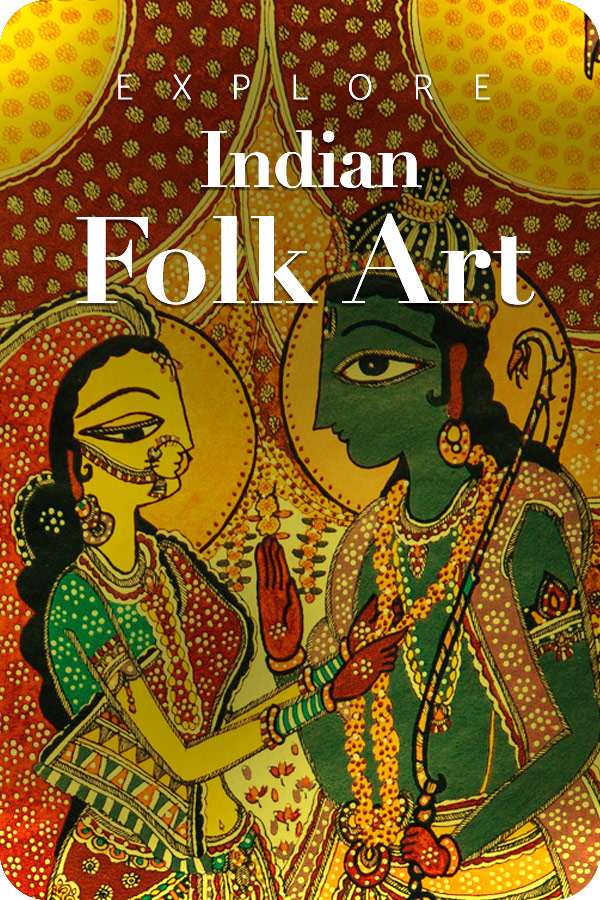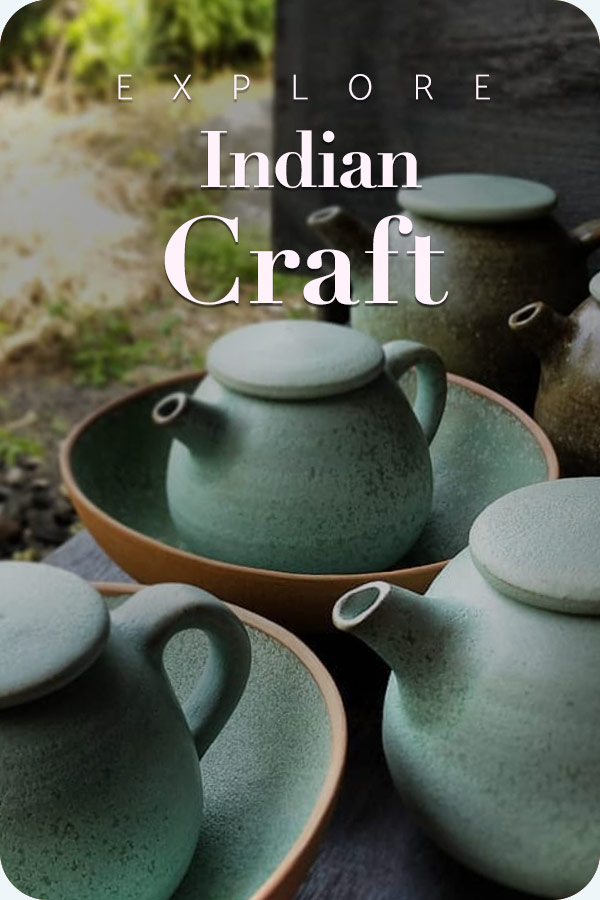
The first raindrop falling on the dry ground and monsoon winds swaying the trees comes with a fresh touch of joy, renewal and celebration. Hariyali Teej is one such festival which is a true representation of the rainy season in India.
What is the Muhurat and Timings of Hariyali Teej 2025?
As per the Hindu calendar, Hariyali Teej falls on the third day of the Shukla Paksha in the month of Sawan. Tritiya Tithi is on July 26, 2025 till 7:52 PM and July 27, 2025 till 10:05 PM.
| Hariyali Teej | Details |
|---|---|
| Date & Time | July 26, 2025 till 7:52 PM and July 27, 2025 till 10:05 PM. |
| Occasion | Reunion of Lord Shiva and Goddess Parvati |
| Observed By | Married and unmarried Hindu women |
| Key Rituals | Fasting, worship, swinging, singing, wearing green attire, Sindhara gifts |
| Cultural Significance | Celebrates love, devotion, nature, and women’s empowerment |
| Regional Variations | Unique customs in Rajasthan, Haryana, and Punjab |
Teej festival is not only a simple religious event, but also a colorful showcase of love, faith, and womanhood. With the swinging of neem trees and the swinging rhythm of folk songs, Hariyali Teej brings us back to the ancient roots of Indian relation to nature and traditions that are still alive and well in the hearts of many people.
It is time to stroll through the streets of history, traditions, feelings, and meaning of Hariyali Teej and find out why this festival is so popular among women all over India.
What is Hariyali Teej?
Hariyali Teej, commonly referred to as Teej, is a traditional Hindu festival predominantly observed in northern Indian states like Rajasthan, Uttar Pradesh, Bihar, and Madhya Pradesh. Hariyali has a meaning of greenery symbolizing the greenery of the monsoon season and Teej means the third of the bright half of the lunar month.
The festival falls on the Tritiya Tithi (third day) of the Shukla Paksha during the holy month of Shravan (Sawan), which holds special significance for devotees of Lord Shiva and Goddess Parvati. Married women, in particular, newlyweds, fast and pray on this day in order to have long life, prosperity, and health for their husbands. Unmarried girls also get involved with the hope of a good match in future.
However, it is also the festival of female beauty, folk music, green saris, henna-painted hands and communal unity.
What is the Significance of Hariyali Teej?
Hariyali Teej honors the sacred and everlasting union between Lord Shiva and Goddess Parvati, symbolizing true love and devotion.
It is believed in Hindu mythology that Goddess Parvati made extreme penance during her 108 births to show her love and devotion to Lord Shiva. Moved by her unwavering devotion, Lord Shiva finally accepted Goddess Parvati as his consort on the auspicious day of Hariyali Teej.
Therefore, Teej is a representation of dedication, conjugal happiness and communion. Women also fast and pray to Parvati in the hope that they will also be granted the same unbreakable union in their relationships.
Hariyali Teej and Monsoon Connection
Hariyali Teej is more than a spiritual occasion. As the monsoon arrives, parched lands turn lush, peacocks spread their feathers in dance, rivers swell with life, and the fragrance of rain-soaked earth fills the air. This seasonal change is greatly embedded in the festival of Teej.
Women sing folk songs, swing on ornamented swings attached to banyan or neem trees and they play with the cooling rain. The towns and villages are dressed up in festive attires, with colors all over, and of course, the green color, which represents fertility, prosperity and peace with nature.
Local fairs are conducted in most rural places where women are adorned, mehndi applied and traditional dances such as Ghoomar and Kachhi Ghodi are performed.
Fasting and Rituals during Hariyali Teej
Among the most remarkable things about Hariyali Teej is Nirjala Vrat (fast without water and food), which is followed with full devotion by the married women.
Day rituals:
- Bangles, sindoor, bindi, mehndi, and green sarees are items of Suhag, which are worn with pride and joy.
- women bathe and dress in traditional attire to begin the celebrations.
- A picture or statue of Goddess Parvati is worshipped with fresh flowers and sweets (particularly ghewar) and fruits and a special Teej katha (story) is read.
- Married women pray for a blissful and long-lasting married life, while unmarried girls seek blessings to find an ideal husband like Lord Shiva.
In cities, especially among working women, the rituals are now adapted to modern schedules. Some opt for partial fasts or symbolic prayers while still upholding the festive spirit.
How is Hariyali Teej Celebrated Across India?
Regardless of the fact that the essence is the same, various regions contribute their flavors to the celebration.
- Rajasthan: In Jaipur and Udaipur, music, camels and elephants are used in taking out grand processions of Goddess Parvati. The city is full of fairs, puppet shows and traditional delicacies.
- Uttar Pradesh and Bihar: Women also meet in groups, sing Kajri and Teej songs, put mehndi and give sweets. It is also the norm to present daughters and daughters-in laws with items of Shringaar.
- Delhi & NCR: Having a cosmopolitan set up, women make kitty parties or office parties in the theme of Teej. There is a boom in the demand of henna designs and festive makeovers in beauty salons.
Hariyali Teej: Sweets and Special Dishes
How can there be a festival without food even when you are fasting?
The Teej thali includes some delicious snacks that are mouth-watering after the fast ends at night, such as:
- Ghewar- a Rajasthani honey-comb-like sweet dipped in sugar syrup.
- Kheer- Sweetened rice pudding.
- Poori Aloo Sabzi- a celebratory combo that is popular in the north.
- Other popular additions include Malpua, Seviyan and Ladoo.
During Sawan, most households prepare light and sattvic meals, typically avoiding the use of onion and garlic.
Hariyali Teej 2025: What is Special This Year?
Hariyali Teej will be celebrated this year on Monday, July 28 which is taken as very auspicious as Monday is the day of Lord Shiva. Fasting during this day is believed to add more blessings and peace in marriage.
The green celebrations are also becoming popular in 2025. Increasingly, more women groups and communities prefer to celebrate sustainably, with no plastic decorations, and eco-friendly idols and organic mehndi.
Womanhood celebration during Hariyali Teej
Other than religion and rituals, Teej has come to be a festival of womanhood. It is one of the few festivals that represent women as the main subject, being able to dress up, dance, laugh and celebrate their uniqueness. It is about the love of sisterhood, family and self-expression. It is a day when women go out not only to fast, but to be connected, not only with nature, not only with community, but with their inner strength.
Hariyali Teej reminds many people to stop, to take a break and think of love, strength, and the pleasures of minor customs that connect us to our origins.
Conclusion
When we are living in a world of rush and passing moments, festivals such as Hariyali Teej bring us to the ground. They make us think of life-long love, of sacrifices that women have made throughout generations, and the power of unity and belief.
Regardless of whether you are fasting, wearing green, hanging on a tree, or just reminiscing with your loved ones, Hariyali Teej 2025 gives you an opportunity to have fun and enjoy both your culture and your soul.
Therefore, this monsoon, sit back and enjoy the rain, wear your most colorful saree, sing with your friends and rejoice the divine and human love stories that make life so beautiful.







